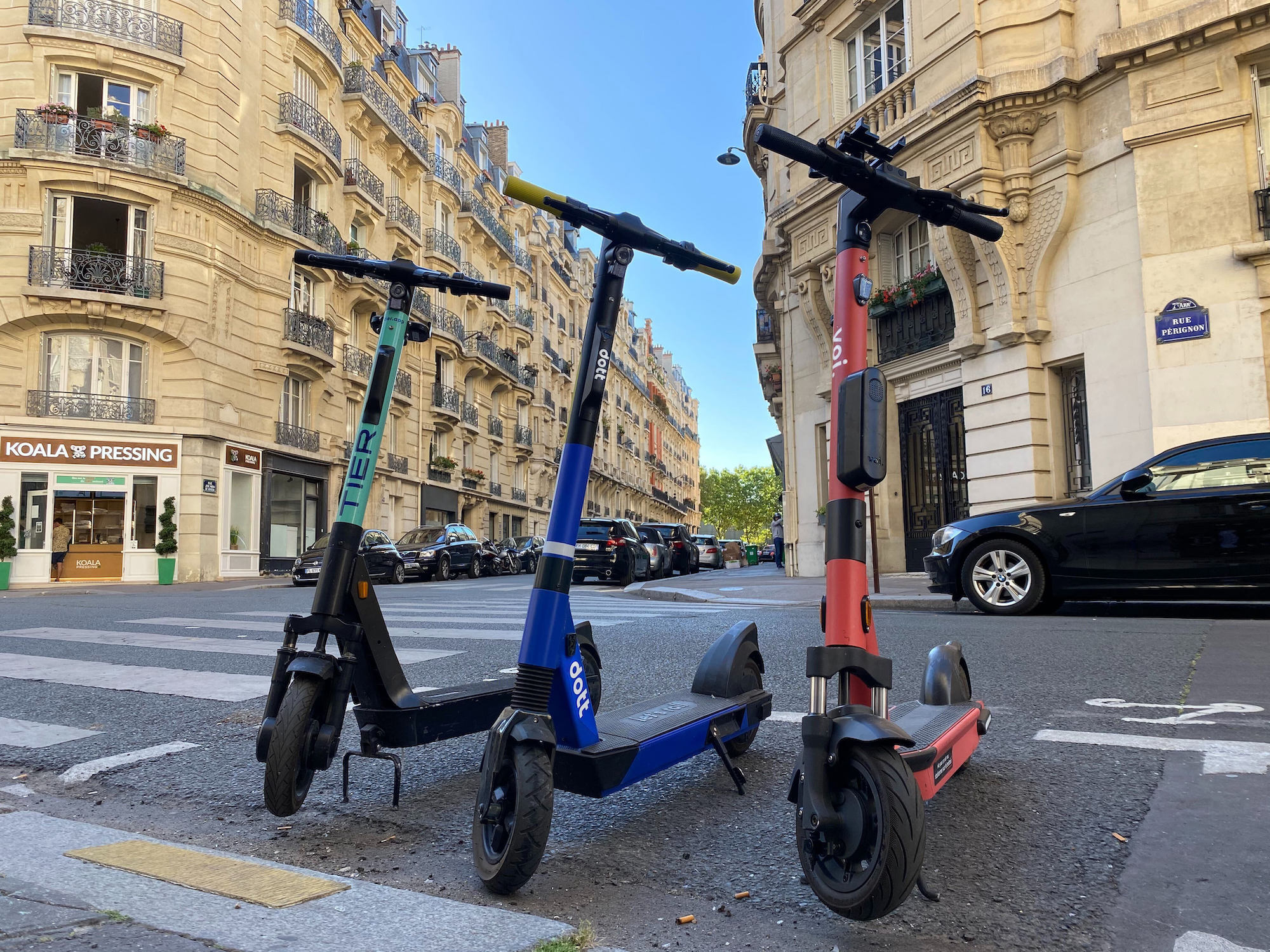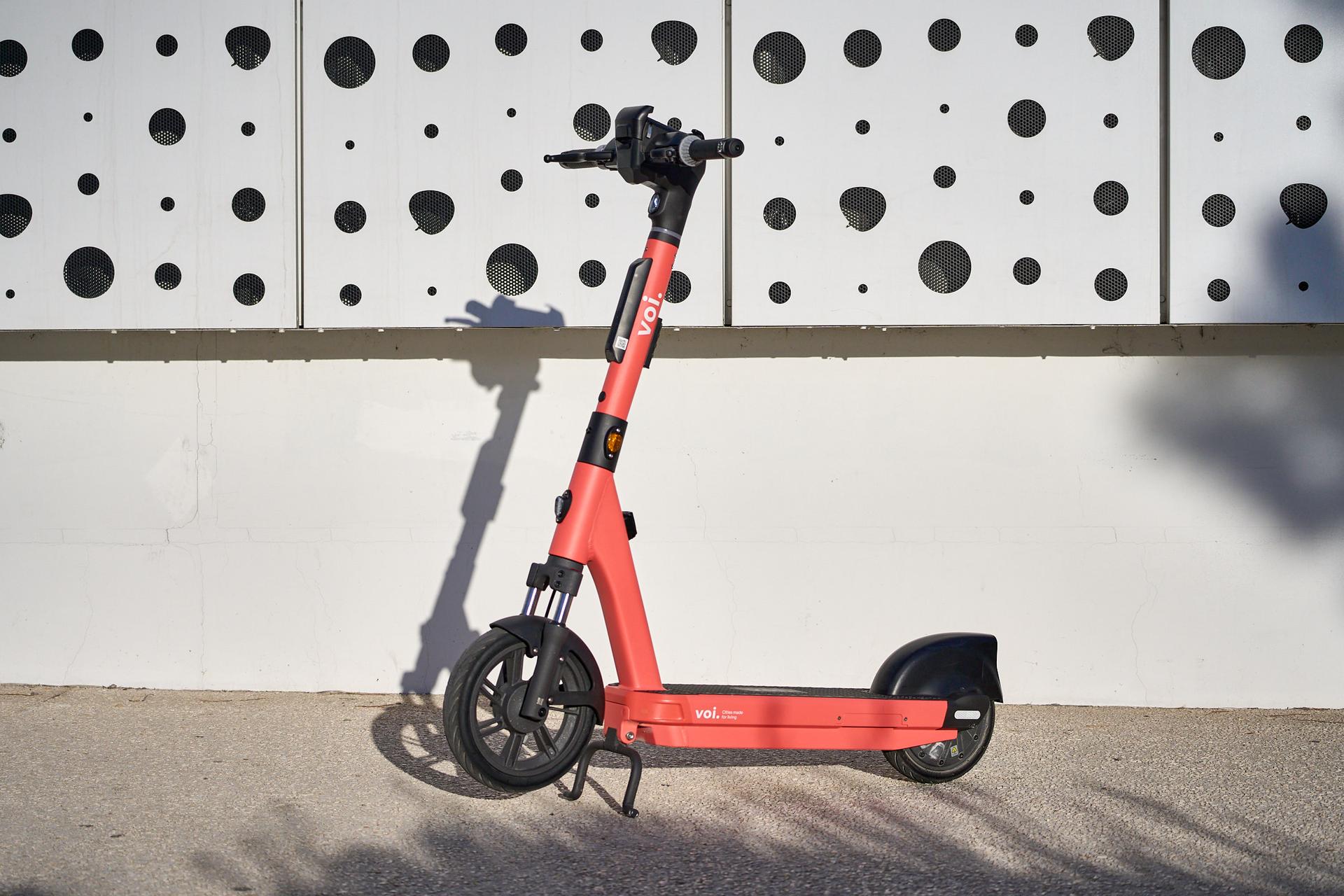The Portable Powerhouse: Why Swappable Batteries Are the Way to Go
Dec 17, 2020

To swap or not to swap? This has been a fundamental question in micro-mobility circles: how to charge e-scooter batteries in the most efficient, safe, and sustainable way. The battery is the key feature that stores the energy to power the motor, controller, lights, and other accessories — but not all batteries are the same, and they can be the most environmentally challenging part of the e-scooter lifecycle.
Back in July, we — European micro-mobility leaders Dott, TIER, and Voi — jointly committed to a new set of environmental and social standards that cover an e-scooter’s entire lifecycle, from manufacturing to operations and reuse. A priority on our list is to only purchase new e-scooters with swappable batteries. Why? As a part of our shared core commitment to sustainability for the good of our cities and customers, we believe that swappable batteries are game-changing devices that make micro-mobility viable for the long term.
We believe that swappable batteries are game-changing devices that make micro-mobility viable for the long term.
Some operators are still sceptical about swappables, pointing to shorter lifespans, increased likelihood of vandalism, and safety and durability concerns. However, after thorough investigation, we can confidently say that the reverse is true. In fact, according to Life Cycle Assessments from Dott, TIER and Voi (conducted by several third-party experts), swappable batteries are the single most important factor in reducing operational CO2 emissions — by 56% to 81% in our tests* — and also enable a host of other benefits. Here, we delve into why swappable batteries are the superior choice for micro-mobility vehicles.
Optimising Operations
Swappable batteries dramatically improve the operational efficiency of shared micro-mobility by reducing energy consumption and emissions. This begins with more efficient logistics. By definition, “swappable” means that spent e-scooter batteries are more easily removed and can be changed on the spot, rather than the alternative: ferrying entire scooters to and from a charging location, usually by large combustion vehicles, such as vans and trucks — hardly the picture of eco-friendly mobility. When the batteries are shipped to the scooter, it requires a much smaller transport load, which enables cargo bikes and e-vans to do that job much more easily, with close to zero carbon emissions. Thanks to swappable batteries, Dott, TIER and Voi have reduced the number of logistics trips from warehouse to city by half and company-wide company emissions by up to 81%, compared to the non-swappable model.
Swappable batteries also extend the lifespan of the scooters; since the scooters do not need to be transported for charging, they’re not subject to the constant wear and tear of being jostled around in a van. They only need to be transported for maintenance or rebalancing. As a result, transportation-related scooter damages have decreased threefold since the introduction of swappable batteries.
Improving Safety, Sustainability, and Security
Lithium-ion batteries are extremely safe — they’re in all our mobile phones, which we carry around daily in our pockets and handbags. The lithium-ion swappable batteries used are industrial-grade, high-quality devices produced by the world’s leading battery cell manufacturers. These batteries are only handled and installed by trained technicians in secure locations to mitigate risks of fires and damage.
In addition to constant monitoring by a range of sensors, swappable batteries are also visually inspected almost daily, whereas embedded batteries are only examined in the event of malfunction. Wire erosion, water damage, and faulty connectors are more precarious in embedded batteries, since they’re rarely visually inspected. This means that small issues often go undetected until they become more significant, which can lead to batteries being scrapped long before their time. Swappable batteries receive regular inspections and reconditioning, so we can better monitor their health and performance and adapt operations accordingly to prolong their useful life.
Batteries are protected from theft and vandalism by a secure electronic lock and watertight aluminum cases. Swappable batteries are secured in an aluminum baseboard with aluminum fasteners or integrated in the front stem of the scooter. The latching mechanisms are similar to a car trunk and are extremely durable. Our tests have confirmed this: the battery is able to withstand 380 kg of horizontal pull force and 700 kg of vertical pull force before the battery storage handle breaks off.
Swappable batteries also have potential for multi-modal applications, including usage in e-bikes. They can be used interchangeably across modes and models, ensuring that each battery achieves its maximum useful life before refurbishment, second-life applications or eventual recycling.
Embedded batteries are more dangerous to recycle. Issues usually arise when operators send full vehicles to inexperienced scrappers or recyclers. Swappable batteries are easily separated from the scooter, which ensures optimal lifecycle management of both battery and scooter, independent of one another.We ensure batteries are recycled responsibly. We work with top recycling partners, such as Fortum, LiCycle, Nunam and Northvolt, Screlec and Nowos to enable up to 90% material recovery that can then be used in the production of new batteries, contributing to a circular supply chain.
We also employ sophisticated battery management systems, which vary among operators, such as AI to improve battery lifespan and find second-life applications. This allows operators to not only monitor safety, but also maximise the scooter’s useful life through proper charging, temperature control, and handling. Thanks to this data, we can find second lives for batteries, such as energy storage for off-grid communities.
Creating More Livable Cities
Swappable batteries enable smaller fleets at the same service level, which reduces city congestion and noise. Scooters are available on streets longer and require no down time for charging, meaning smaller fleet sizes can provide the number of rides. Aside from scooter production, the majority of carbon emissions come from transporting scooters’ heavy aluminum frames, not the batteries. Swappable batteries maximise uptime of each individual vehicle, reducing the total number of vehicles that need to be manufactured.
They also allow for better integration into busy urban environments. In cities that still don’t mandate parking in specific areas, scooters are swapped where users park them and rebalanced if they are blocking walkways. This leads to better, more seamless integration with the natural travel patterns in a city; e-scooters are swapped and rebalanced rather than deployed at specific locations.
Together, we are championing the transition to swappable batteries and encourage other micro-mobility operators to join us in our journey toward sustainability. As more cities embrace e-scooters as a sustainable mobility solution, we wholeheartedly endorse swappable batteries as a crucial component in improving urban transport.
—
*56% CO2 emissions reduction as per study conducted by Ecole Polytechnique for Dott in January 2020.
81% CO2 emissions reduction according to EY’s Life Cycle Assessment tool done for Voi’s service. Read EY’s report on the 2019 findings here, emissions have since been further reduced.
Sources:
Dott study, Ecole Polytechnique, January 2020
Voi Life Cycle Assessment, EY, January 2020, updated in November 2020.


